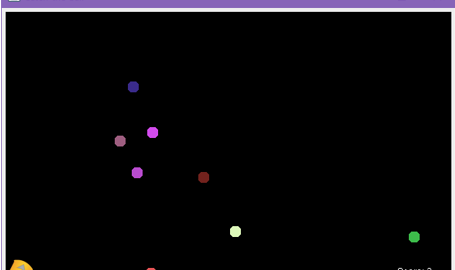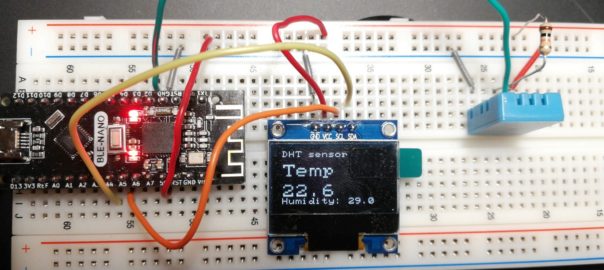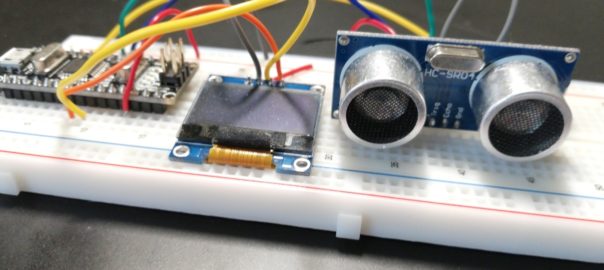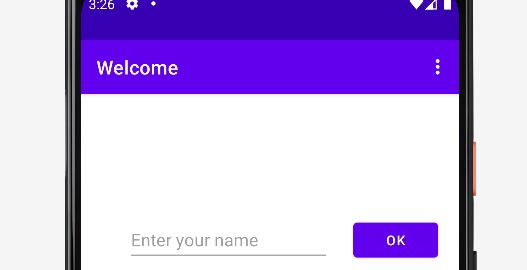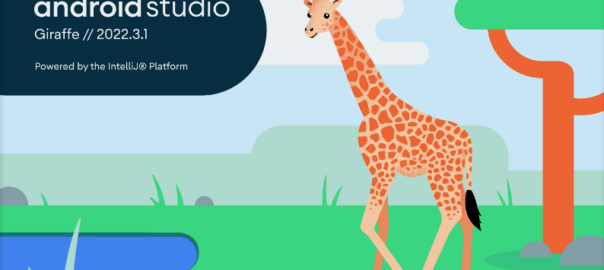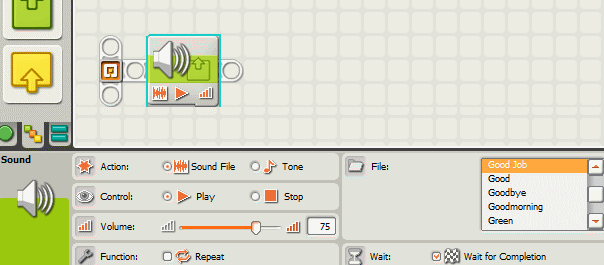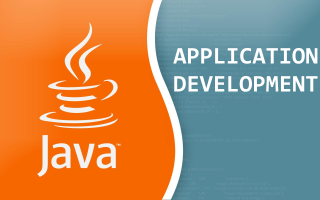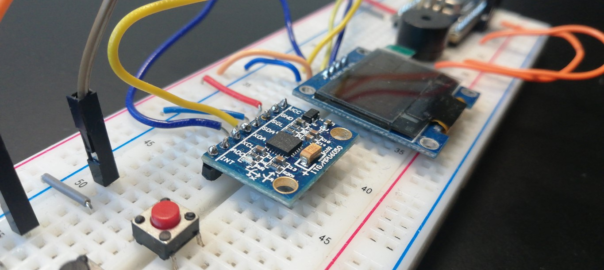
Tutorial: Create a gamecontroller for the catch-the-ball game
In this tutorial, we are going to create a gamecontroller which can control the game using movements. By tilting the gamecontroller, you can control the movement of the basket. We will extend the game made in the previous tutorial. Carrying out the assignment Realizing the gamecontroller can be done in 2 ways: Using the MPU-6050 Accelerometer … Continue reading Tutorial: Create a gamecontroller for the catch-the-ball game
